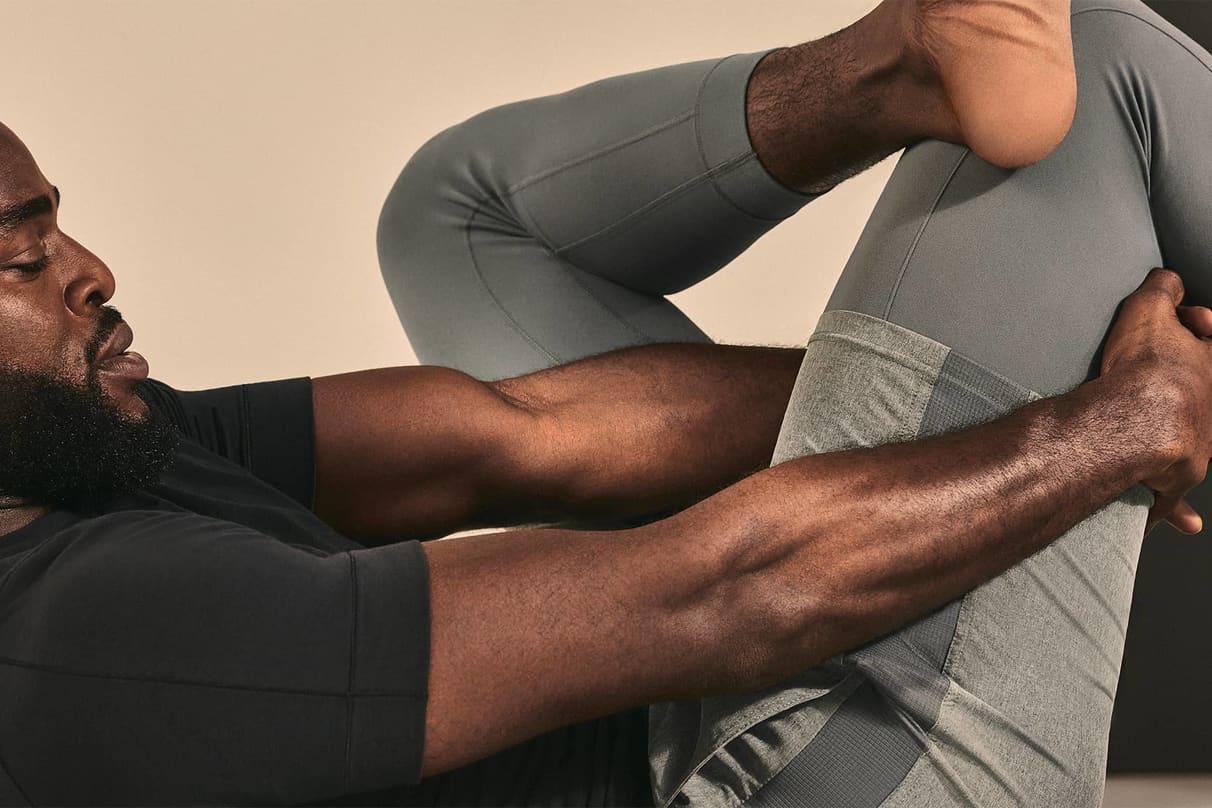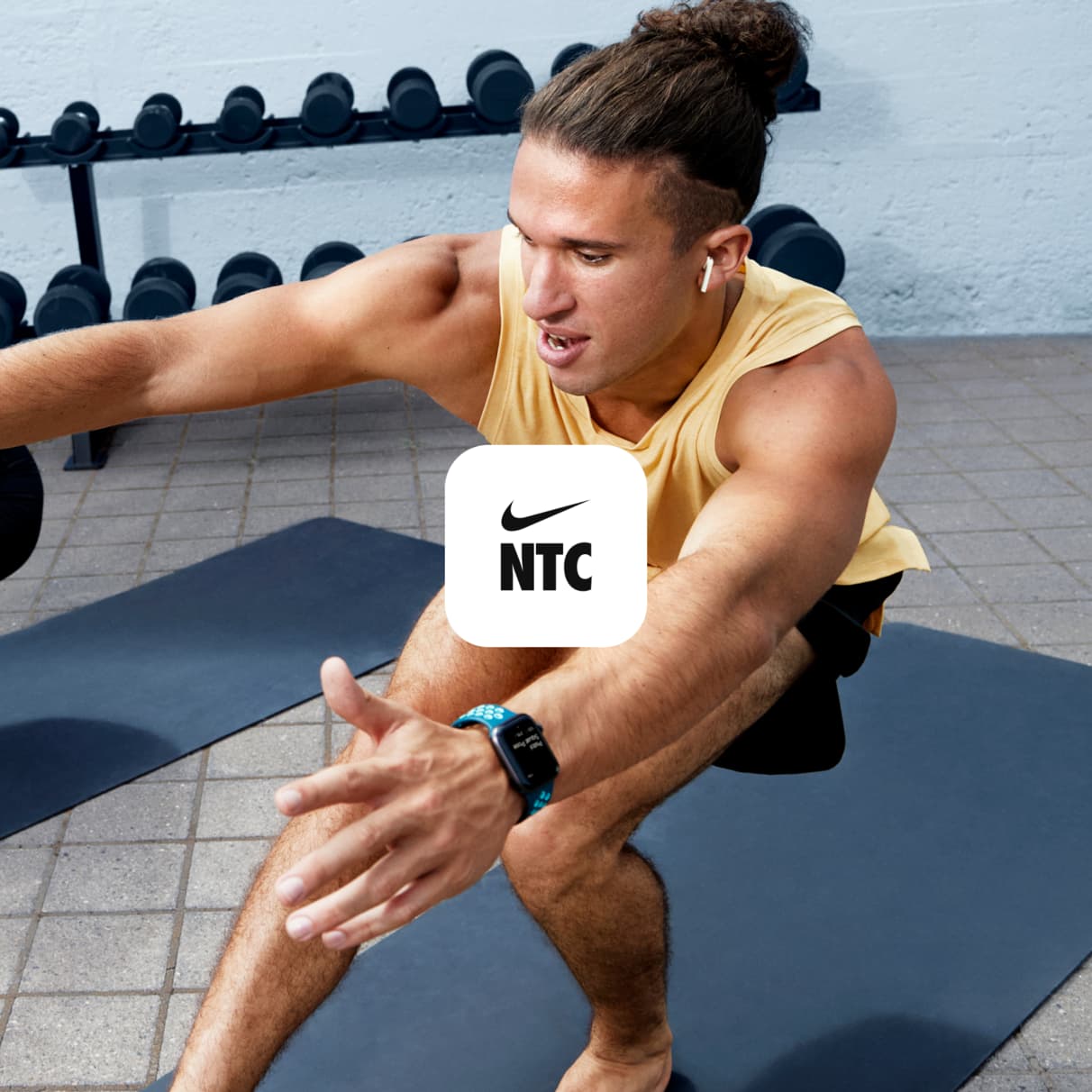The Top 4 Yoga Poses to Relax, According to Experts
Sports & Activity
Chill out with yoga poses that can reduce your stress levels.

Globally, many people are negatively affected by stress — and at varying degrees. Fortunately there are a few ways you can work to combat that emotional and physical tension, such as picking up a yoga practice.
Although dialing back on stress often requires a range of strategies — from building better sleep habits to addressing emotional challenges — one important aspect is simply learning to relax more often, says Leela Magavi, M.D., a psychiatrist and regional medical director for Community Psychiatry in Newport Beach, California.
"In many ways, relaxation is a learned skill," she says. "You need to put more into your day that feels restorative and nourishing, with activities that can reset your body and mind."
That's where yoga can come in. According to a study in the International Journal of Preventive Medicine, yoga can be approached as a complementary treatment. In the study’s research, it was found that it can reduce anxiety, stress and depression. Another study, published in the Journal Stress & Health found that when people regularly practice yoga, they're less reactive in stressful situations, able to relax better, feel more self-compassion and report having a greater sense of meaning and purpose.
Even if you're not looking to strengthen your mind-body connection, yoga is just one way you can enter a more relaxed state, according to Benedicte Gadron, R.Y.T., yoga instructor at Hilton Head Health. That's because the combination of movement with deep breathing and mindfulness can be a major reset, whenever you're feeling frazzled or overwhelmed. For example, commentary in the International Journal of Preventive Medicine notes that putting yogic-style breathwork together with yoga pose sequences can lower blood pressure and decrease levels of cortisol — the hormone associated with your fight-or-flight response.
To get started on a yoga practice for relaxation, check out these poses and tips.
1.Child's Pose

If you go to any yoga class, even power yoga, it's likely you'll assume a child's pose at some point in the session. Yoga instructors often suggest using this as an option to take a break.
- Start on your hands and knees in a tabletop position, with your hands directly below your shoulders and your knees hip width or wider. Bring your knees out to the sides and big toes together.
- Exhale and sink your hips back toward your heels. Rest your belly between your thighs and your forehead on your mat.
- Extend your arms out in front of you (palms down) or along your sides (palms up).
- Stay for a few moments, focusing on your breath.
- Start on your hands and knees in a tabletop position, with your hands directly below your shoulders and your knees hip width or wider. Bring your knees out to the sides and big toes together.
2.Legs Up the Wall
This is considered an "inversion pose," Gadron says, which means your head is below your feet. Because you're fully supported here, it can have a calming effect on the nervous system, she says.
- Lie flat on your back with your legs straight and pressed against a wall. Shimmy your butt in so it's also against the wall.
- Hold for 10 to 15 breaths.
If this feels uncomfortable because you have tight hamstrings, come away from the wall about six inches and bend your knees so your heels rest against the wall instead of your calves, this should reduce the tension in the hamstrings. If you have lower back issues, try putting a folded-up towel under your hips, which can take the pressure off your back – but if it’s still bothering you after that, it’s best to do a different pose.
- Lie flat on your back with your legs straight and pressed against a wall. Shimmy your butt in so it's also against the wall.
3.Reclined Pigeon Pose

Tight hip muscles are common, especially in athletes, which can add strain in other parts of the body, like the low back. Pigeon pose can help address this. Doing this pose on your back can bring an added level of relaxation.
- Lie on your back.
- Cross your left foot over your right quad (aka the group of muscles that cover the front and sides of your thigh) and bend your right knee.
- Hold the back of your right leg and gently pull it toward your chest.
- When you feel a comfortable stretch, try and hold for 30 seconds. As you become more familiar with the stretch, try to extend that hold for one to three minutes.
- Switch sides and repeat.
- Lie on your back.
4.Supine Twist

Settling into a gentle twist can relax your back and neck. The key in this pose is to twist only as far as you feel comfortable in a held position, rather than pushing to make it more challenging.
- Lie on your back.
- Hug your knees into your chest. Then, drop both knees over to one side as you twist your torso in the opposite direction. Keep both shoulders on the ground throughout.
- Try to keep your knees and hips in line with each other as you draw them toward the floor, and keep your chest as square to the ceiling as you can and look up at the ceiling. If you want a stretch for your neck and it feels comfortable, you can look in the opposite direction as your knees.
- Hold this stretch for one to three minutes, and then repeat on the other side.
- Lie on your back.
4 Tips For Using Yoga to Relax
Each one of these poses offers a sense of relief and nourishment, says Gadron, and here are ways to make them even more effective for your relaxation practice:
1.Stay in the pose for a few minutes:
Yin yoga focuses on slow-paced sequences and passive holds — meaning you stay in a pose for three to five minutes. Research published in the journal PLoS ONE found that a five-week practice of yin yoga yielded both physiological and psychological benefits, including deeper sleep and less anxiety.
2.Create a habit:
Relaxation may come through the body, but it starts in the mind, and if there's one thing the brain loves, it's an automatic process, according to Elisha Goldstein, Ph.D., cofounder of the Center for Mindful Living in Los Angeles and author of “Uncovering.”
"The brain craves predictability and familiarity, and when you put a new habit in place that is geared toward relaxation, the brain will help you calm down faster the more you keep doing it," says Goldstein.
3.Exhale longer than your inhale:
This is a super-simple relaxation hack you can do anytime to de-stress. It can also deepen a sense of calm when you’re holding your yoga poses, and Gadron says because of that relief, you tend to hold poses longer. An easy version is to inhale for a count of four and exhale for a count of six.
4.Create a nightly routine:
Goldstein says following the same bedtime routine may help you fall asleep more quickly. This is because you've primed the brain to respond to a habit or behavior with a specific action, he explains. So, as you stay consistent with doing a child's pose before bedtime, for example, you may begin to notice that just getting into that pose can help you tap into a more relaxed, sleepy state.
Words by Elizabeth Millard
